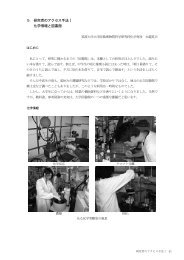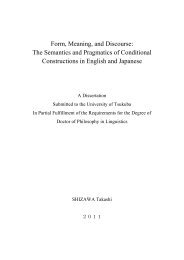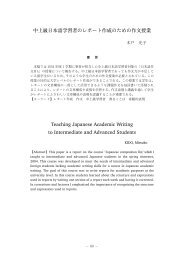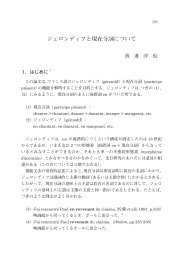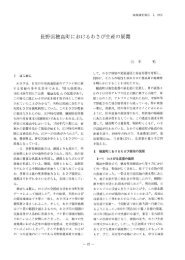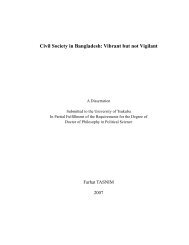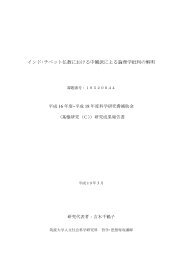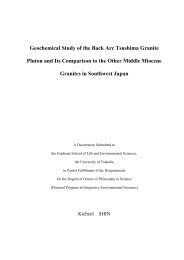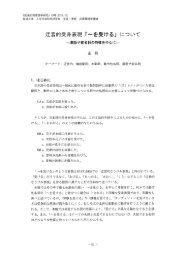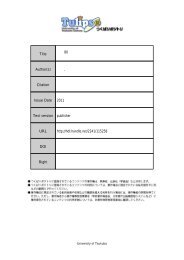Gamma Rays and CarbonIon-Beams Irradiation for Mutation ...
Gamma Rays and CarbonIon-Beams Irradiation for Mutation ...
Gamma Rays and CarbonIon-Beams Irradiation for Mutation ...
You also want an ePaper? Increase the reach of your titles
YUMPU automatically turns print PDFs into web optimized ePapers that Google loves.
Resistance (PR). In connection with the breeding program, a genome<br />
mapping approach <strong>for</strong> genetic <strong>and</strong> QTL analyses was developed to<br />
characterize the HR <strong>for</strong>m. An F2 segregating population of 153 plants was<br />
obtained from a cross between two wild seeded banana accessions; Musa<br />
acuminata burmannicoides type Calcutta 4 <strong>and</strong> M. acuminata banksii type<br />
Madang. A linkage map was constructed with 110 AFLP markers in<br />
association with 39 codominant RFLP <strong>and</strong> SSR markers to anchor the<br />
linkage groups to the banana genetic core map. Results showed significant<br />
allelic distorted segregations in the F2 progeny <strong>for</strong> 58 markers which<br />
highlight the use of molecular studies <strong>for</strong> inheritance analyses. A first<br />
mapping concluded to join the markers in 11 linkage groups. Correlations<br />
made with field observations, ranked into 6 classes of infection severity,<br />
led to the identification of one RFLP marker strongly associated to the<br />
resistance <strong>and</strong> a second QTL mapped onto a different linkage group with<br />
lower significance level.<br />
Because conventional breeding programs are unlikely to<br />
produce a suitable banana cultivar to replace ‘Cavendish’, a potential<br />
alternative, which would be the development of a genetically modified<br />
‘Cavendish’ cultivar with resistance to black Sigatoka. However, public<br />
concern about genetically modified food in North America <strong>and</strong> Europe may<br />
hinder the development of this alternative (Marin et al., 2003). Conversely,<br />
as mentioned by FAO (2001a), consumers would have concerns regarding<br />
on the possibility that genes from such traits as resistance to herbicides or<br />
insects will escape into the local flora, damaging the environment. These<br />
are controversial issues; however, since banana plants do not produce<br />
pollen, being sterile, thus the question of dispersal into the environment of<br />
genes in trans<strong>for</strong>med bananas does not arise.<br />
<strong>Mutation</strong> breeding is characterized by its merits, which is the<br />
creation of new mutant characters <strong>and</strong> addition of very few traits without<br />
12




